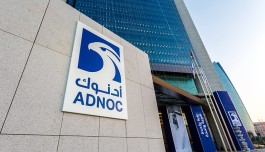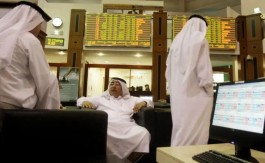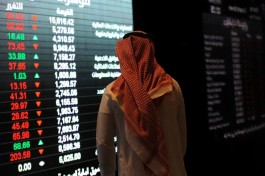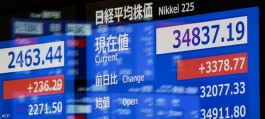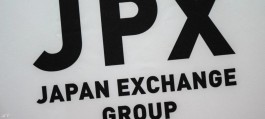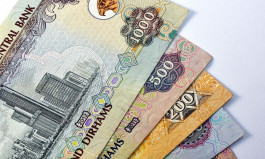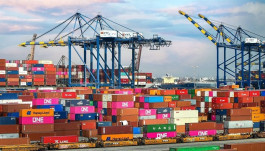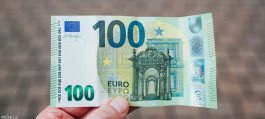Oil prices gave up early gains as escalating tensions between China and the United States dampened appetite for riskier assets, while traders awaited a market outlook report from the International Energy Agency that could bolster expectations of a supply surplus.
Brent crude settled near $63 a barrel after rising 0.5%, while West Texas Intermediate crude approached $59 a barrel. In the latest episode of tit-for-tat tensions between Beijing and Washington, China imposed restrictions on five US entities affiliated with one of South Korea's largest shipbuilders and threatened additional retaliatory measures, while stock indexes declined.
Later on Tuesday, the Paris-based International Energy Agency is scheduled to release its monthly market outlook report. The agency had already forecast a record supply surplus in 2026, with the OPEC+ alliance easing supply restrictions in an effort to regain market share, while rival producers, particularly in the Americas, increase their output.
Renewed trade war deepens market uncertainty
The resumption of the trade conflict between the world's two largest oil consumers has cast a shadow of uncertainty over future prospects. Prices have fallen over the past two weeks after the OPEC+ alliance increased supplies, amid concerns about an expected supply surplus later in the year.
In its monthly report released on Monday, OPEC projected global oil demand to grow by 1.3 million barrels per day this year and 1.4 million barrels per day in 2026. This is an optimistic outlook, given that other bodies, such as the International Energy Agency, are forecasting a record supply surplus next year.
“While the surplus outlook persists, oil remains vulnerable to panic selling and cautious buying that only partially recovers some of the losses,” said Vandana Hari, founder of market analyst firm Vanda Insights in Singapore. She added that expectations of additional US tariffs on China faded after Trump eased off his escalating rhetoric over the weekend.
Signs of weakness have emerged in the Brent crude futures curve, with contract spreads from March 2026 and for several months thereafter shifting into contango, a structure in which near-term contracts trade at a discount to longer-term contracts.






